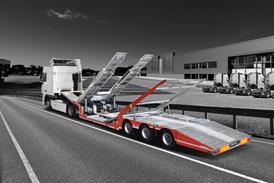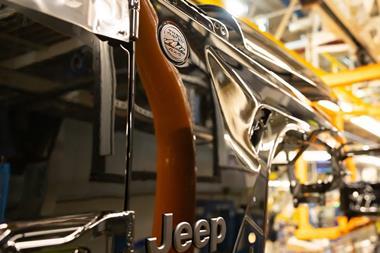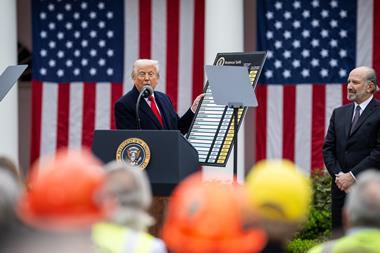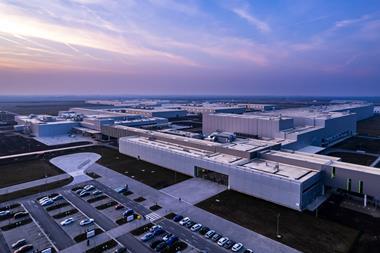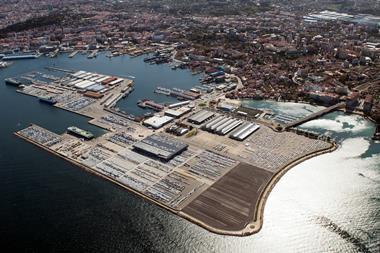
The Renault-Nissan Alliance and Daimler have announced today that they are embarking on a wide-ranging strategic cooperation that will include considerable sharing and development in areas ranging from powertrain, component, light commercial vehicles and purchasing. While specific details around logistics and supply chain management have yet to emerge, there appears to be potential for cooperation in this area as well. Comments made by Daimler CEO Dieter Zetsche and the Alliance’s Carlos Ghosn suggest that the advantages to be gained through high-volume economies of scale and better capacity utilisation will mean cost-savings in the supply chain.
“This industry is more and more going towards scale, sharing investment, sharing knowledge and increasing the scale in order to be relevant and competitive,” said Ghosn.
The cooperation will be based on shared architecture for the next-generation smart and Renault Twingo, as well as widespread powertrain sharing and co-development beyond these models, including small diesel and gasoline engines provided by Renault Nissan for Daimler’s compact vehicles along with larger engines from Daimler for Infiniti, Nissan’s premium brand. There will also be cooperation for light commercial vehicles, including the co-development of a new van to be produced in France in 2013, as well a diesel engine from the Alliance for the Mercedes Vito van, built in Spain. The carmakers will also exchange a 3.1% share in each company, a move that would be largely “symbolic and cash neutral”, according to Zetsche.
While nothing specific has been mentioned about logistics, the level of integration between powertrain and vehicle architecture suggests that there are likely to be more shared logistics flows as the integration begins. Starting in 2013 the four-seater smart will be built alongside the Twingo in Renault’s Slovenia plant with an electric powertrain available for each, while the two-seater smart remains at Hambach in France.
Both groups said they would pursue “selective common purchasing opportunities” and would look to take advantage of geographic presence in their sharing of components and modules. The potential for shared logistics services could open up opportunities for collaboration and cost savings through joint purchasing strategies, as well as in terms of shared logistics providers.
Future sharing on electric vehicles is also likely to be important. Ghosn, in particular, seemed optimistic about the potential for the collaboration to be extended in this direction. “Our cooperation will play on electric cars too in future. Renault Nissan is doing its own batteries, and we want to put this on the table to eventually get better scales. We also want to look at how we can do develop on hybrids as well and save money,” he said.
The shared logistics opportunities in this area could be particularly significant should Renault Nissan supply future lithium ion batteries for Daimler from the network of battery plants it is currently building in Europe, the US and Japan. When prompted on this question during the press conference, Ghosn noted wryly that Daimler would be more than welcome to use the batteries and “that it could be an option unless Daimler could find a better battery outside [Renault Nissan], which I sincerely doubt.”
“Certainly not outside but perhaps inside!” Zetsche replied, referring to Daimler’s own development of electric and hybrid batteries. But Zetsche nevertheless agreed that scale would be the main factor in developing hybrids and electric vehicles, thus leaving open the door to work closely together with the Alliance.
A new kind of logistics management?
The Renault Nissan approach to shared logistics suggests that the process is not an easy or a quick one. After ten years of moving fairly slowly, the Renault Nissan Alliance has recently become more aggressive in combining logistics operations between the two OEMs. While earlier it had combined wider purchasing, logistics had still remained somewhat separate until last year when the internal logistics and purchasing organisations were put under a single management umbrella, with hard targets set for finding common benefits in supply chain management (read more here).
This latest cooperation could see Daimler enter into this reorganised logistics strategy in some way, although this has yet to be confirmed. However, in the recent cover story interview of Automotive Logistics magazine, Daimler’s head of Worldwide Transportation, Dr Holger Scherr, pointed to cooperation with other carmakers (without specifically naming Renault Nissan) as an important element of Daimler’s logistics strategy moving forward. Neither Dr Scherr nor other Daimler logistics management could be reached for additional comment at this time.
Beyond Europe
Most of the engine swaps currently planned will be based in Europe, as Daimler has previously said it would consolidate production of compact cars between its plant in Rastatt and its new plant in Kecskemét, Hungary, set to come online in 2012.
Both OEMs see the relationship on a global scale, however. Infiniti cars, which will receive Daimler engines, are only produced in the USA and Japan. While the OEMs ruled out any immediate involvement in India, both did stress the important of emerging markets such as China.
“When we are talking about small cars for Daimler, the target market is not limited to Europe,” said Zetsche this morning. “We are already selling smarts in Asia, and we certainly will expand that activity. The same is true of our compact cars, and we will use the small engines [developed with Renault Nissan].”
Ghosn said that the benefit estimated at this collaboration would be around €2 billion ($2.67 billion) globally in savings and potential revenue, however he declined to outline in any detail what that share would be between manufacturing, purchasing or sales. He did say that the split between Renault and Nissan would be roughly 50-50.





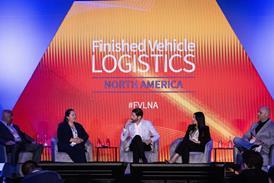
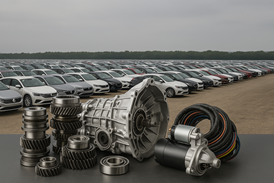




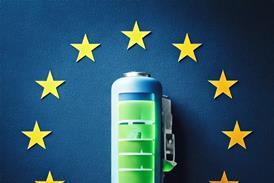





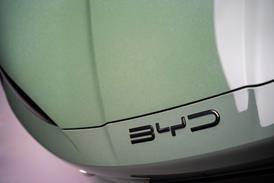
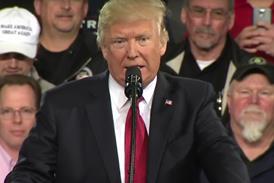






![Global[1]](https://d3n5uof8vony13.cloudfront.net/Pictures/web/a/d/s/global1_726550.svgz)

